3. Music for a while by Purcell
1/39
Earn XP
Description and Tags
Name | Mastery | Learn | Test | Matching | Spaced |
|---|
No study sessions yet.
40 Terms
incidental music for which play?
Oedipus
Date
1692
composer
Henry Purcell (1659-95)

2 basso continuo instruments
1. Harpsichord
2. Bass viol
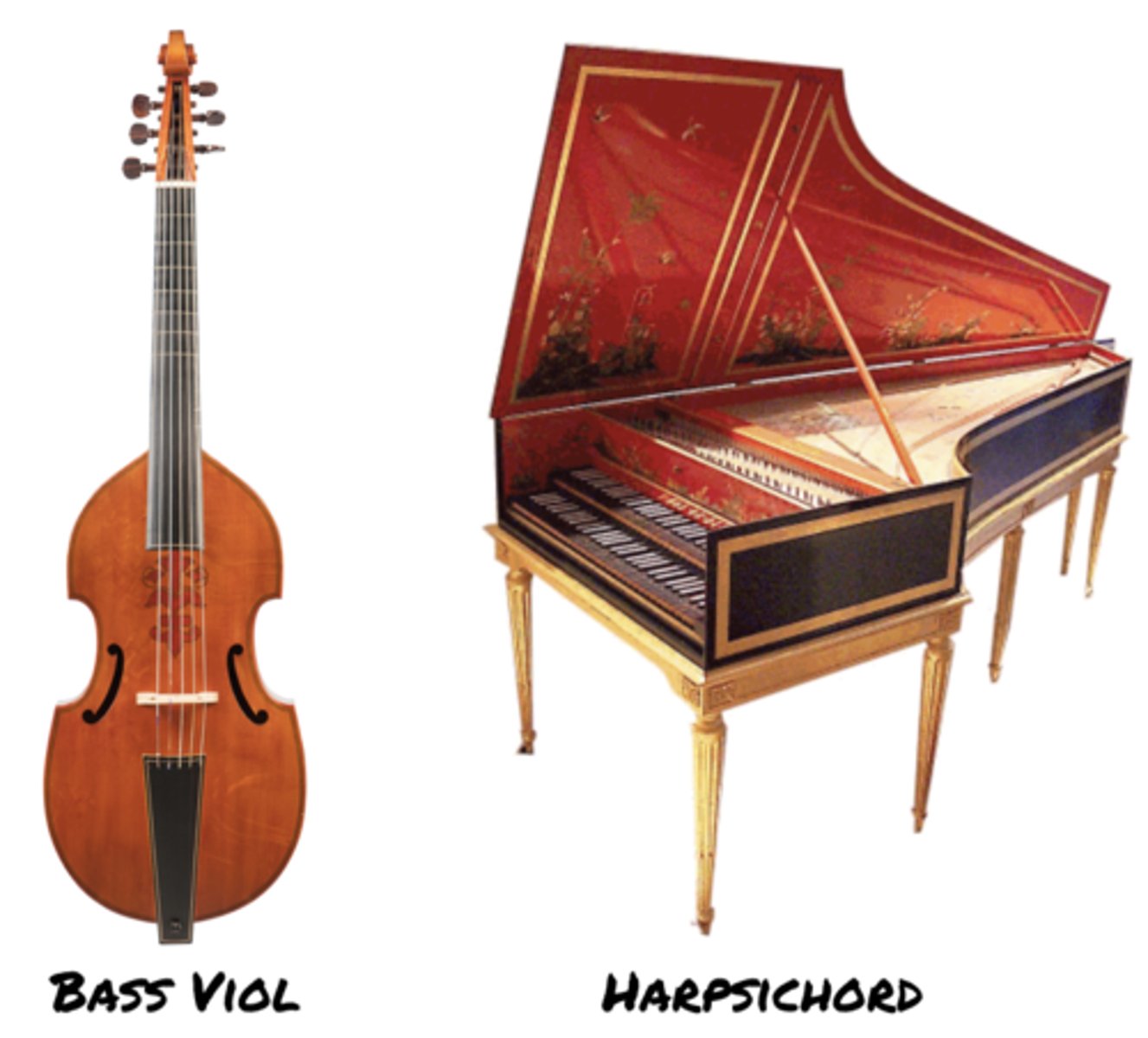
length of ground bass (at start)
3 bars
form (structure)
fusion of ternary and ground bass forms (ABA1)
vocal soloist
soprano on score but originally for countertenor (male soprano)
bass viol
similar to modern cello, but with frets, more strings & tuned in 4ths (not 5ths).

ground bass form features
- minor key
- straightforward rhythm (e.g. all quavers)
- slow, stately tempo
- ends perfect cadence
- solemn mood
- some chromatic notes
features of ground bass in "'Music for a While'"
- rising melodic shape (suggests King Laius rising from the dead)
- first 4 notes form a motif, with an arch shape (rises & falls)
- motif repeats to create ascending sequence
- 3 bar length is very unusual
lament
sad, sorrowful song

typical features of a lament
- falling phrases
- (starts and ends in) minor key
- slow tempo
ornaments
notes that decorate a melody
basso continuo
Bass line in Baroque music, commonly played by low string instruments and a chord-playing instrument (harpsichord, organ or lute) to complete the harmony by realising the figured bass.
stile italiano
Purcell was influenced by the Italian style

mordent
ornament with a main note, the note above or below and the main note again (played as fast as possible)
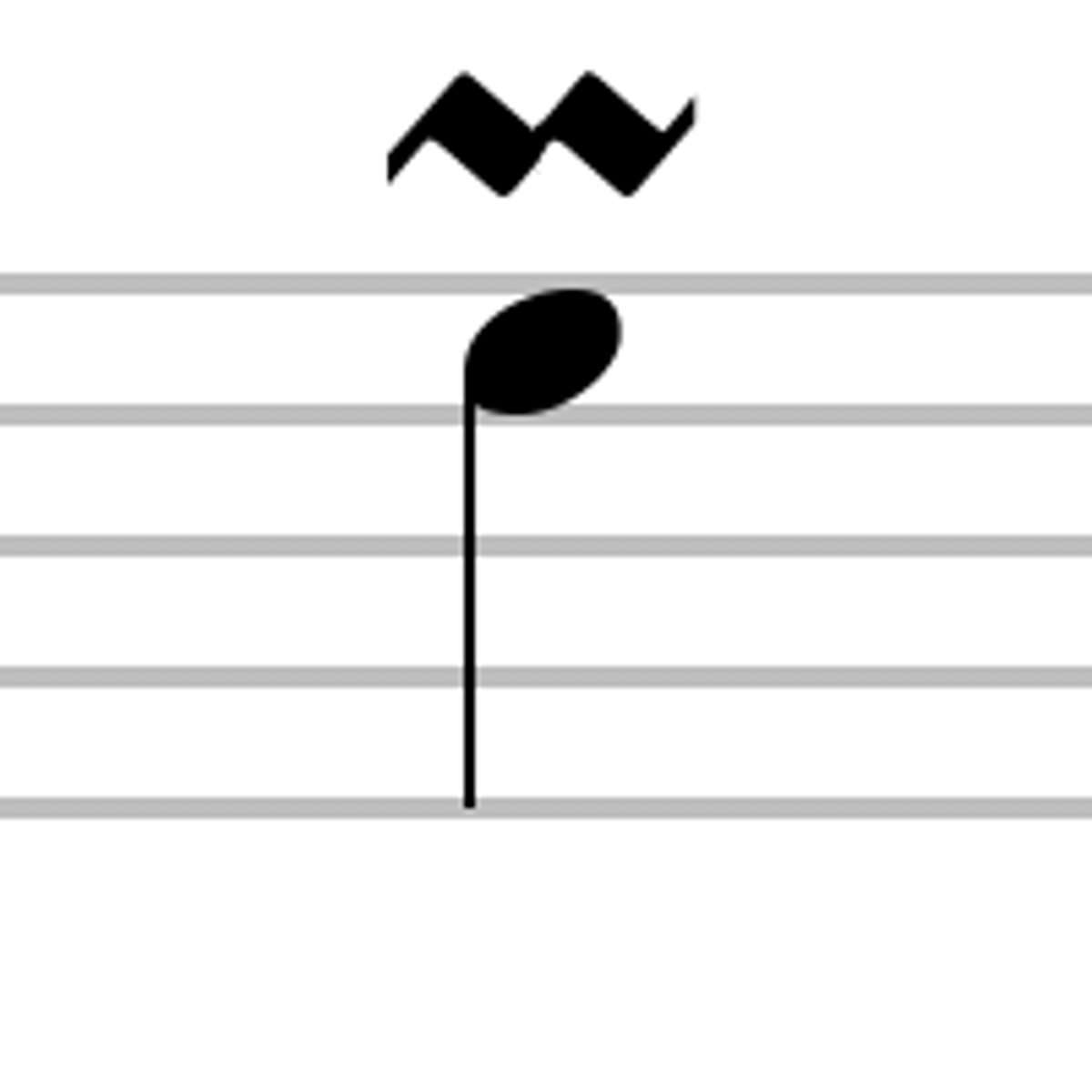
appoggiatura
ornament using a leaning note (takes half the value of the note or 2/3 if dotted).
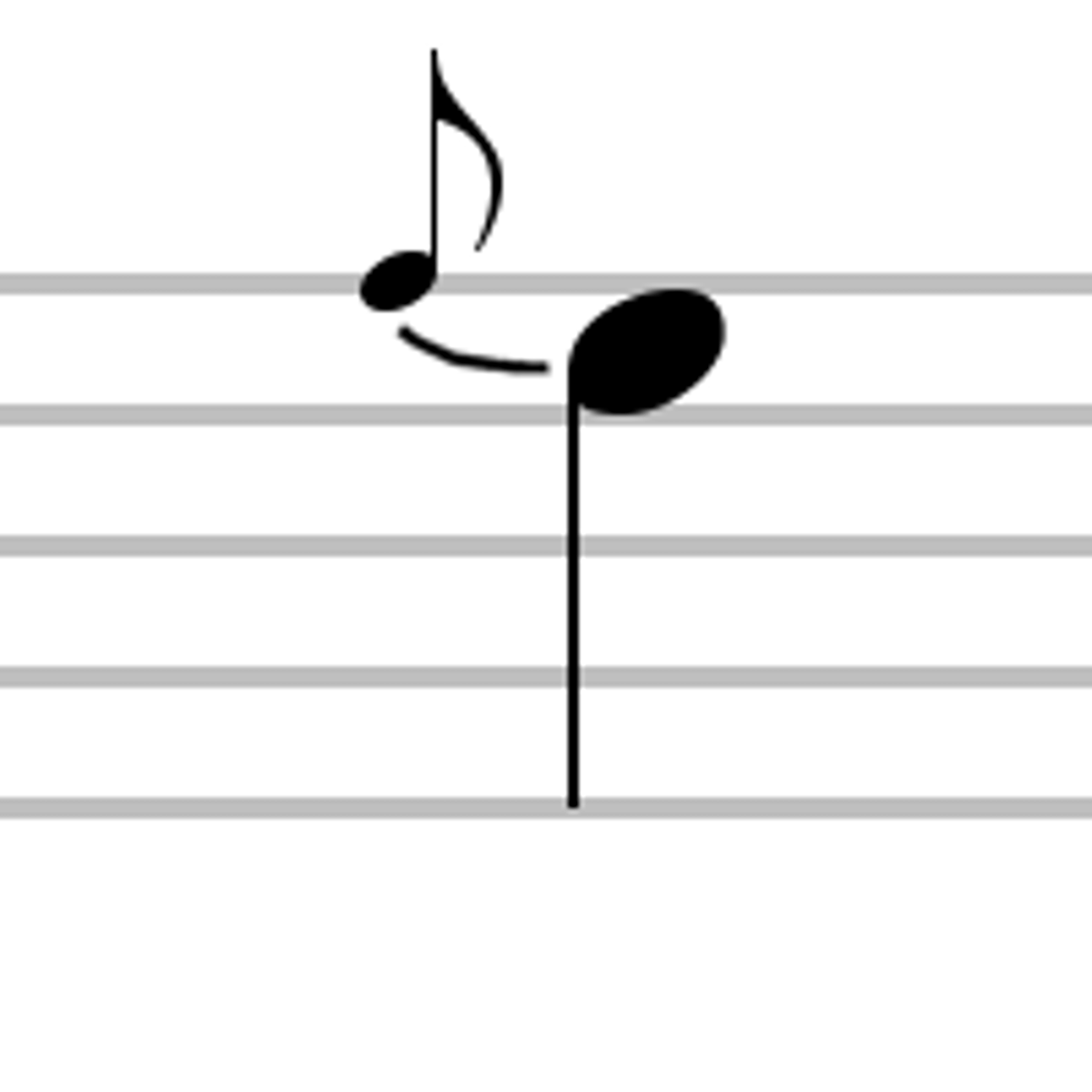
syllabic
one note per syllable
word-painting
depicting a word in music to imitate its meaning
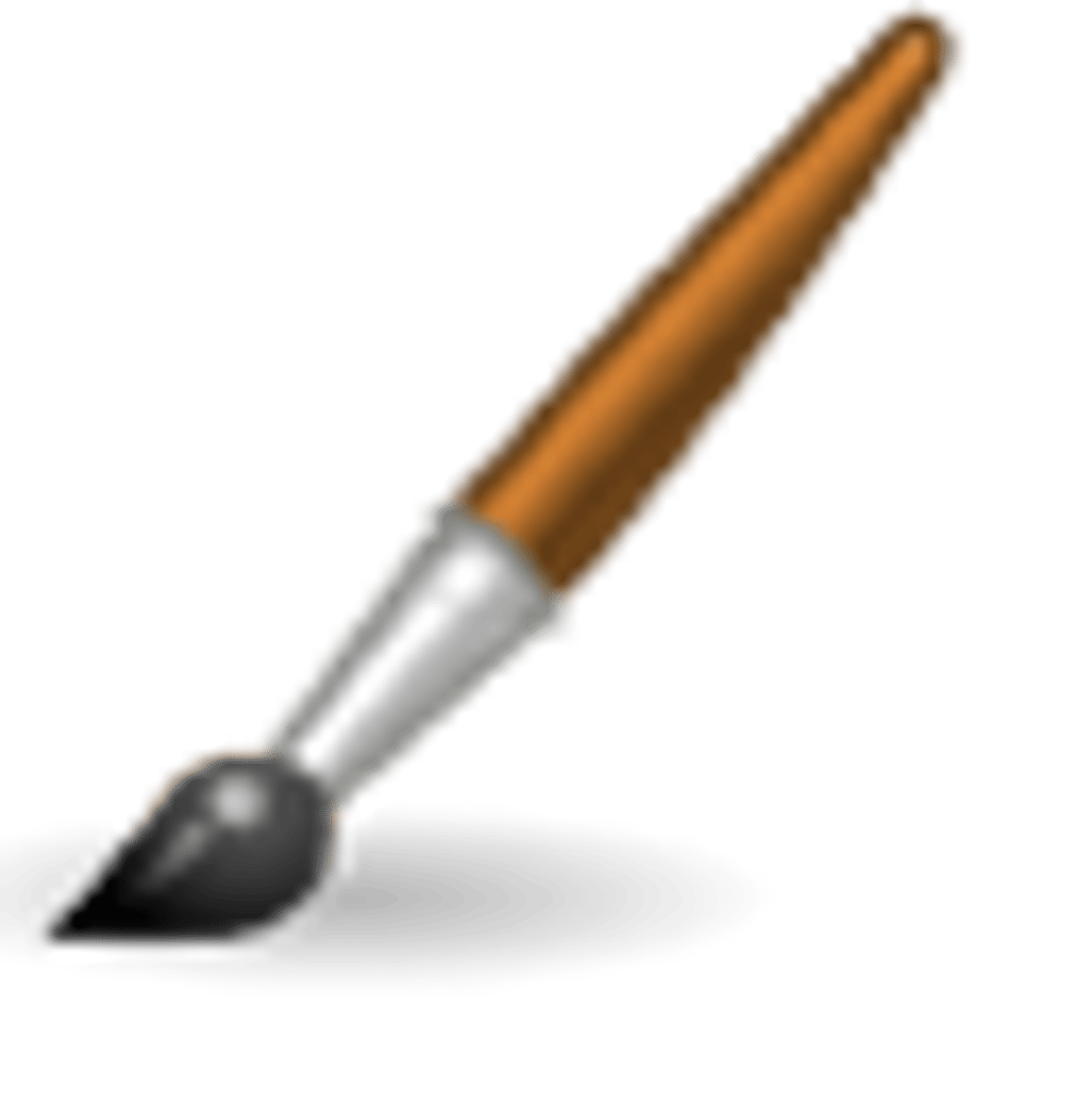
dissonant intervals
clashing intervals (maj/min 2nds, maj/min 7ths + tritones)
suspension
prolonging a note to create a dissonance (clash) with the next chord (often used on chord V at the cadence, notice V4-V3)
tierce de Picardie
sharpened 3rd in the tonic chord in a minor key (normally the last chord is major)
onomatopoeic
music setting uses words that mimic sound of the objects/actions they describe ("drop")
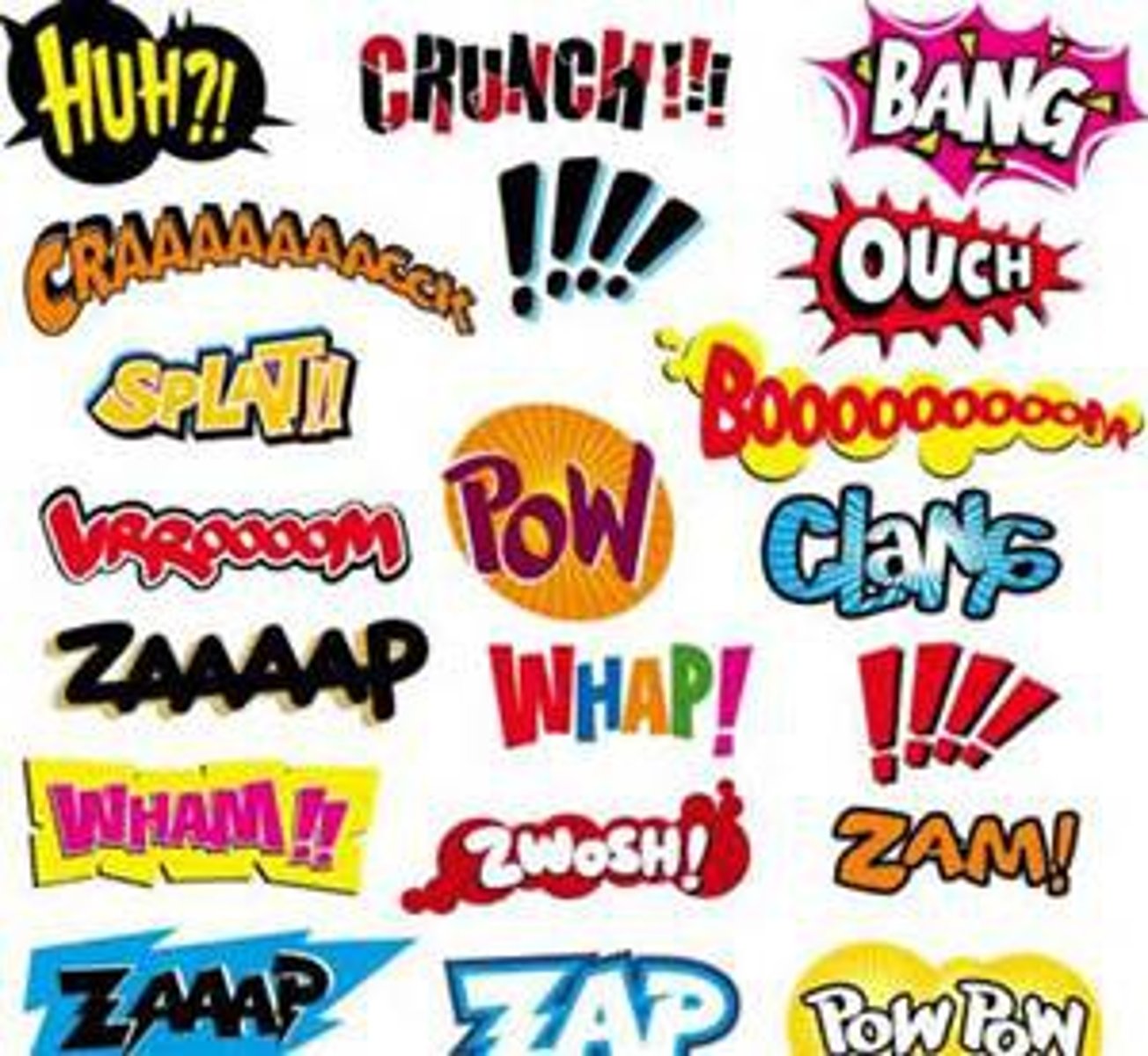
da capo aria
ABA or ternary form, with repeat decorated by the singer (Da Capo = 'head' or beginning)
arpeggiated
chord is spread (normally bottom to top)

historical period
restoration (of the monarchy)

lyricist
Dryden
vocal range
9th
how Purcell avoids repetition becoming boring
- changes the length of the ground bass
- changes the key (modulates)
wider listening from Handel's Oratorio "Messiah"
1. Aria "Every Valley" for tenor
2. Aria "Rejoice" for soprano
3. Aria "The Trumpet Shall Sound" for bass
similarity: all 3 are have vivid word painting
difference: all are in major keys
tempo
slow
metre
Simple quadruple (4/4)
tonic key
A minor (no key signature, G# accidentals)
dotted rhythms
Influence of Italian style (stile Italiano) in vocal melody (e.g. bar 19) and harpsichord accompaniment (e.g. bar 24).
melodic shape (harpsichord)
descending scalic passages
melodic features (voice)
- starts on tonic & leaps to dominant
- sometimes melismatic (e.g. "wond'ring")
- repetition (e.g. "all" adds emphasis)
- (ascending) sequences e.g. (e.g. "wond'ring")
dissonances
Frequently in the melody to add anguish
Keys & modulations
Section A keys:
Bar 1 = A minor (tonic)
Bar 2 = D minor (subdominant, briefly)
Bar 3 = A minor (tonic)
Bar 14 = E minor (dominant)
Bar 16 = G (relative major of dominant)
Section B Keys:
Bar 22 = C (relative major of tonic)
Bar 28 = E minor (E major chord due to "tierece de picardie")
Section A1 keys:
Bar 29 = A minor (tonic)
perfect cadences
V-I at the end of every ground bass phrase
Ic V I
Perfect cadences approached by Ic (second inversion of tonic)